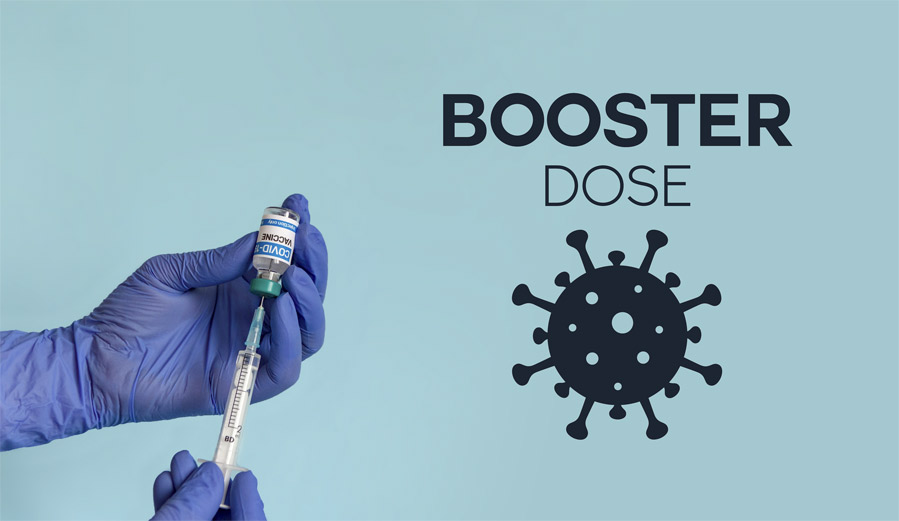
Question: I know there’s been an uptick in Covid-19 cases and I’m wondering when I should get my next booster.
Answer: The short answer, according to experts is “Not quite yet — you’ll be a better off if you wait another few weeks.” In June, an advisory panel to the FDA recommended that the next Covid vaccine formulation target the Omicron XBB.1.5 variant. Pfizer, Moderna and Novavax are now working to update, test and mass-produce their vaccines, which will then need to be officially authorized by the F.D.A. Experts estimate that shots will be available to the public by late September.
Got a Question? Send it to drw@weiszconciergemedical.com and, if it is of general interest, Dr. Weisz will provide an answer in an upcoming issue of the Concierge Connection.
==================================================================
Source: FDA Website, September 11, 2023. https://www.fda.gov/news-events/press-announcements
==================================================================
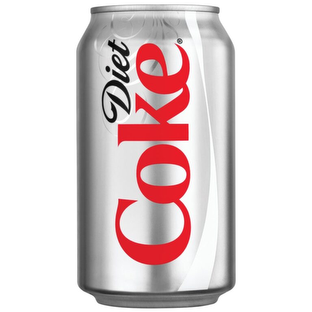
Results of Aspartame Survey
In our last issue we pointed out that the World Health Organization recently declared aspartame (the most common artificial sweetener used in soft drinks) to be a “possible carcinogen.”
We asked readers to vote to indicate if they believed that aspartame is safe to consume?
27 responded they believed that aspartame is NOT safe.
9 readers responded they believed aspartame to be safe.
Thanks to those readers who responded. We’ll have more surveys in the future.
==================================================================

Prevent Heart Attacks With a CAC Scan
Often, the first symptom of cardiovascular disease (CVD) is dropping dead. A full one third of American deaths are due to heart attacks and strokes. Many without warning due to undetected CVD. That’s why early identification of CVD is incredibly important. Such detection is called “subclinical” which means detecting preventive warning signs before any symptoms appear.
Cardiologist have, for some time, had access to a wonderful tool for noninvasively identifying plaque in the arteries leading to the heart. This tool is called the Coronary Artery Calcium scan or CAC (also termed heart scan, coronary calcium score, or cardioscan). The question doctors are debating is how early to conduct the scan.
Noted cardiologist, Dr. Anthony Pearson from St. Louis tells of a 41-year old son of his patient who died suddenly from a heart attack. Had he undergone a CAC, early signs would have been detected and the outcome would have been far different.
Doctors use standard risk factors like lipids, smoking, age, gender, and diabetes to classify individuals according to their 10-year risk of heart attack and stroke, but many apparent low-risk individuals (often due to inherited family risk) drop dead from CVD.
“I’ve been utilizing CAC to help assess my patient’s risk of CVD for years although the procedure is not covered by insurance and until recently was not strongly endorsed by major guidelines,” said Dr. Pearson.
“The CAC is an outstanding tool for further refining the risk of heart attack and stroke and helping better determine who needs to take statins or undergo aggressive lifestyle changes,” he goes on.
Another key question is whether all men over sixty should take a statin drug? Dr. Pearson states that by identifying subclinical atherosclerosis, CAC scans can more precisely identify those who do or do not need statins.
“This is particularly important for patients who have many reservations about statins or who are “on the fence” about taking them when standard risk factor calculations suggest they would benefit.”
The Widowmaker
Over the past 30 years, some 4 million American men have dropped dead from heart attacks. That’s why CVD is nicknamed “The Widowmaker.” Early detection methods can serve to reduce this number moving forward. Although CAC has some similarities to mammography (both utilize low-dose radiation ), CAC is not “the mammography of the heart,” as some proponents claim.
Donald Trump’s CAC Score
During the 2016 presidential election, both major candidates underwent CAC scans. Trump’s score of 98 gave him a seven-fold increased risk of a cardiovascular event when compared to Hilary Clinton, who had a zero CAC score. Trump had the scan repeated in 2018 and his score went up to 133. What is most notable about the Trump CAC score is that Trump, like all recent presidents, airline crews and all astronauts underwent the screening. “If the test is routine for presidents why is it not routine for Mr and Mrs John Q .Public?” Asks Dr. Pearson. “At a minimum, we should consider what is recommended for aircrews to the general public”
For those patients aged 40-75 without known CVD whose 10 year risk of stroke and heart attack is intermediate, the American Heart Association guidelines recommend “consider measuring CAC”.
But what about the individual who has a strong family history of premature CVD and is 35 or 39 years of age. Should doctors ignore advanced risk assessment? Very few individuals die in their 30s from CVD but a significant number of patients have suffered heart attacks in their forties.
Being Proactive With Cardiovascular Health
First, it’s never too early to start thinking about your risk of cardiovascular disease. Doctors have been using CAC scans more frequently in the last five years in individuals under 40 years of age who have a strong family history of early sudden death or heart attack. In addition, the earlier they can start risk modification the better as the process begins very early in life and accumulates over time.
If heart disease runs in your family or you have any “risk-enhancing” factors, consider a CAC screening to better determine where you stand and what you can do about it.
==================================================================
Source: Dr. Anthony Pearson, The Skeptical Cardiologist, skepticalcardiologist.com, September 11, 2023
==================================================================
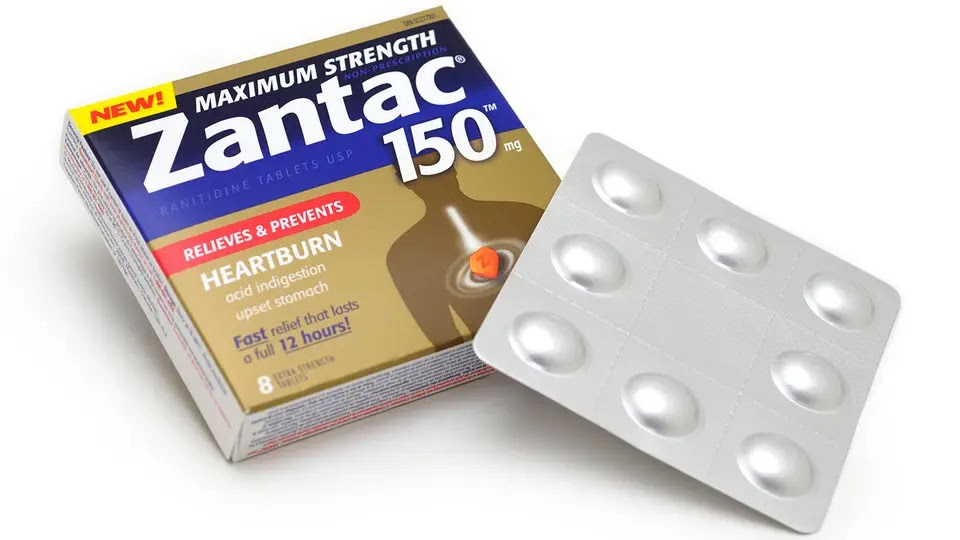
Banned Drug, Zantac, Shown Not to be a Cancer Link
A new large study has concluded that people who took Zantac for a month or longer are no more likely to develop cancer than others who used similar medications. More than 1.18 million people across seven countries were studied in a massive investigation conducted at Hanyang University in Guri, Korea.
In April 2020, Zantac was withdrawn from the market in both the U.S. and Europe amid fears that it contained NDMA, a carcinogen. The Korean study revealed an incidence of cancer in 15.92 cases per 1000 among patients who used Zantac. This versus 15.65 cases per 1000 among those who used a different H2RA (histamine-2 receptor antagonist) medication. This was not a statistically significant difference and so, they concluded that Zantac was no more or less risky than other similar products.
Before it was banned, Zantec (aka Ranitidine) was, for decades, one of the most common medications used to treat reflux and peptic ulcer disease. The breakthrough study was led by Dr. Chan Hyuk Park.
As the third most prescribed gastrointestinal medication before its removal and with more than 14 million prescriptions written per year from 2013-2018, millions of people had potentially been exposed to the carcinogen. However, Dr. Park and his colleagues found no increased risks for esophageal, stomach, colorectal, or 13 other subtypes of cancer from Zantec use.
“Although a large amount of NDMA would be harmful, NDMA levels in Zantec found in preliminary tests conducted by the FDA barely exceeded the amount found in common foods,” Dr. Park pointed out.
Another expert in the field, Dr. Reid M. Ness, a gastroenterologist at Vanderbilt University Medical Center in Nashville, Tennessee, said that he was not surprised by the findings, especially given the low NDMA concentrations found by the FDA in Zantec samples.
“The study illustrates that the FDA is very watchful and effective in their efforts to eliminate any cancer risk” he said. “There was great anxiety amongst our patients initially about the cancer risk posed by H2RA medications,” but that anxiety has waned over time,” he added. “If a patient expresses his or her concern about an ongoing cancer risk due to H2RA, I can point to this study to reassure them.”
Ness and his colleagues transitioned patients taking Zantec to alternative agents as quickly as possible after the NDMA contamination was first reported, but that response was complicated by a shortage in availability of alternative treatments for acid reflux, he said. Today, he typically treats patients who need an H2RA with Pepcid AC or Axid.
Although the cancer connection appears to be eliminated, there are other downsides to using H2RA’s. Some physicians have expressed greater concern about patients’ risk of “serious allergic reactions, known side effects, and potentially devastating unintended interactions with other medications.” Providers are advised to be careful in prescribing medications and mindful of these risks.
For this major study, Park and colleagues analyzed health claims data from health record databases from the U.S., the U.K., France, Germany, Spain, South Korea, and Taiwan. The population of 1,183,999 people included anyone ages 20 or older who used Zantec for at least 30 days between January 1986 and December 2020. The primary outcome was incidence of any cancer except non-melanoma skin cancer, with secondary outcomes looking at all cancers (except thyroid), 16 cancer subtypes, and all-cause mortality. No significant associations were found between Zantec use and any secondary outcomes after calibration.
The research was funded by a grant from South Korea’s Ministry of Health & Welfare, the National Research Foundation of Korea, and the Ministry of Food and Drug Safety.
==================================================================
Source: You SC, et al “Ranitidine use and incident cancer in a multinational cohort” JAMA Netw Open 2023; DOI: 10.1001/jamanetworkopen.2023.33495.
==================================================================
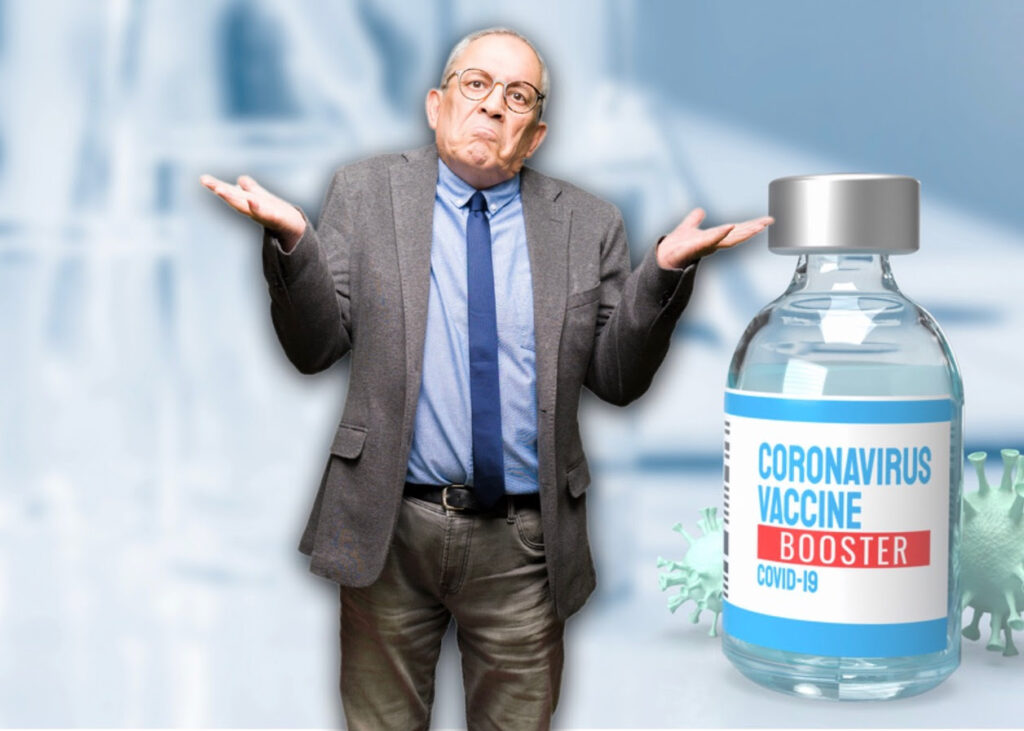
Do You Need an Updated COVID shot?
Updated COVID shots are becoming available in the U.S. amid what appears to be a surge in cases—causing some to wonder whether they need an updated shot if they recently recovered from an infection. The first question to ask before making that decision is “How long has it been since you were infected with COVID?”
Official CDC guidance states that people who are currently infected should wait “at least until recovery from acute illness” before getting a shot. But they also “may consider delaying” their updated shot by 3 months from symptom onset, or from a positive test if the infection was asymptomatic.
Dr. Camille Kotton, MD, clinical director of transplant and infectious diseases at Massachusetts General Hospital in Boston, a member of CDC’s Advisory Committee on Immunization Practices (ACIP), emphasizes that patients “can wait 3 months after an infection to get an updated vaccine.”
“Wait about 3 months after recovery from infection to get the immunization,” agrees Dr. William Schaffner of Vanderbilt University Medical Center in Nashville, Tennessee. “That way the immune system will respond best to this shot. We know that the longer duration from the last stimulus, the somewhat better the response.” Some experts think the interval can go even a bit longer.
Dr. Paul Sax, clinical director of the division of infectious diseases at Brigham and Women’s Hospital in Boston, said “even 6 [months] is reasonable” to wait before getting a new shot.
“Studies have shown that increased time between infection and vaccination might result in an improved immune response to vaccination,” CDC guidance states. “Also, a low risk of reinfection has been observed in the weeks to months following infection.”
Sax also noted that studies have shown that “people with hybrid immunity have sustained protection from hospital admission or severe disease.”
Again, several studies have demonstrated this, Sax said, most notably a January 2023 review showing 97% effectiveness against hospital admission or severe disease of at 12 months for hybrid immunity with primary series vaccination and infection.
Others remain unconvinced of the need for getting an updated shot after a recent infection at all. Paul Offit, MD, of Children’s Hospital of Philadelphia, has long questioned the need for additional doses of the COVID vaccine beyond the primary series.
He had three doses of Pfizer and a natural infection in May 2022, and doesn’t plan on getting the updated shot.
Someone who’s young, healthy, and has recently been infected should have good protection against infection for 3 to 6 months, he said—long enough to get through the winter.
Offit did say that someone recently infected who is over 75 or is immunocompromised would be a different story, and additional protection against infection with an updated vaccine might be beneficial.
Indeed, CDC guidance notes that “individual factors such as risk of severe disease or characteristics of the predominant strain should be taken into account when determining whether to delay getting a shot after infection.”
Unfortunately, there are no definitive studies to guide doctors in recommending further boosters. For people “who have had their primary vaccine series plus either a booster or COVID or both,” Sax noted, “we lack prospective data from randomized trials that a strategy of further boosters (compared to none) will protect against severe disease.”
“I do wish we had such data to make the recommendation more data-driven,” he added.
==================================================================
Source: Kristina Fiore, Director of Enterprise & Investigative Reporting, MedPage Today September 19, 2023
==================================================================

Artificial Intelligence Can Improve D.E.I. Initiatives in Healthcare
PHILADELPHIA — Artificial intelligence (AI) has an image problem when it comes to healthcare, but it actually represents a big opportunity to improve things like D.E.I. (Diversity, Equity, Inclusion), former Microsoft director Tom Lawry said at a health conference recently held in the city.
“There’s a lot of talk about the [AI] threat advising that we should go slower,” Lawry, managing director at Second Century Technology in Seattle, said. The speed of change is hard to keep up with and many things still need to be figured out, “and we will — we’ll find the guardrails.”
Many have expressed concerns that AI will spell career-ending doom for providers and practitioners as their skill sets are supplanted by the algorithms of advanced AI. Instead of pointing out AI’s “existential risk,” the healthcare community should instead be talking about the imminent healthcare risks faced by Americans, said Lawry, who was formerly national director for artificial intelligence in health and life sciences at Microsoft.
“Americans are among the least healthy people in the rich world, and among the most likely to die early.”
“In America, maternal death rates of Black women are 243% higher” than their white counterparts, he said. “And our track record today is worse than when we started keeping records in 1918.”
While some characterized Lawry’s comments as a distraction, focusing attention on social issues rather than the question of at what level will we see AI replace healthcare workers and how quickly will that take place.
Lawton draws a connection between the seemingly unrelated issues. Because of those social issues — for instance, the fact that the U.S. is the global leader in avoidable amputations related to diabetes —”I believe healthcare is a very noble cause,” said Lawry. “We have significant challenges that cannot be solved by the way we think and work today, which to me is where artificial intelligence comes in.”
He gave the example of Singapore, which has the worst incidence of diabetes of any Asian nation. A few years ago, “they literally declared war on diabetes, and they’re doing all kinds of things on the preventive side,” he said. “A U.S.-based company is making use of AI. They went into citizen data and then identified of the 5 million Singaporeans, which ones had the highest risk of being pre-diabetic moving to diabetic.”
From that group, “they picked up a subset of 100,000” to work with on adopting healthier habits. “And guess what? The early indications are, they’re slowing the growth from prediabetic to diabetic,” Lawry said, noting that the Singapore government saves $8,000 a year on average for every patient who doesn’t cross the line into diabetes. “So think about our ability to take that and be proactive, and actually manage diabetes rather than waiting until we can become the number-one leader in preventable amputations. That’s the power of AI.”
“You hear a lot about: ‘Well, maybe we should start training fewer radiologists because AI is going to replace them’ Any time I hear that, I realize they don’t get this. One, they don’t understand what AI’s good at, and two, they probably really don’t understand what a radiologist actually does.”
In an interview after his talk, Lawry said it was true that AI could help radiologists by pre-sorting a big group of images into two smaller groups: those that didn’t appear to show a medical abnormality, and those that were more suspicious and likely needed the radiologist’s closer attention. However, he said, that did not mean that AI would eventually replace radiologists.
Instead, “it allows you to play radiologists to a higher value,” he said. “They are the advisor to all of those other specialists— like the oncologists and the surgeons—so the ability to say, ‘I’m going to spend less time doing this routine stuff, which gives me more time to focus on those consults with the specialists'” would be of help to them.
Paradoxically, AI should be part of any healthcare organization’s human resources plan, he said during his talk. “There’s a huge upskilling initiative that has to take place with every knowledge worker in healthcare,” he noted. “Those who do that first, and do that well, are going to have a great competitive advantage, whether it’s being more efficient or in retaining workers.
AI should also be included in diversity, equity, and inclusion (DEI) initiatives, he said. “So many of the things that are the biases and inequities in the real world, are starting to cross over into digital world into things like algorithms. We have the ability to solve for that much easier than eradicating biases and inequities that exist in humans.”
“In healthcare, AI is not about technology; it’s about empowerment,” Lawry concluded. “It’s about restoring clinicians and consumers to be better at what they care about.”
==================================================================
Source: Joyce Frieden, Washington Editor, MedPage Today September 19, 2023
==================================================================
A Dose of Humor
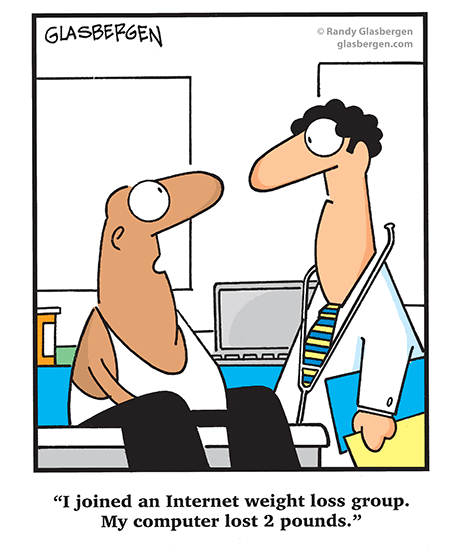
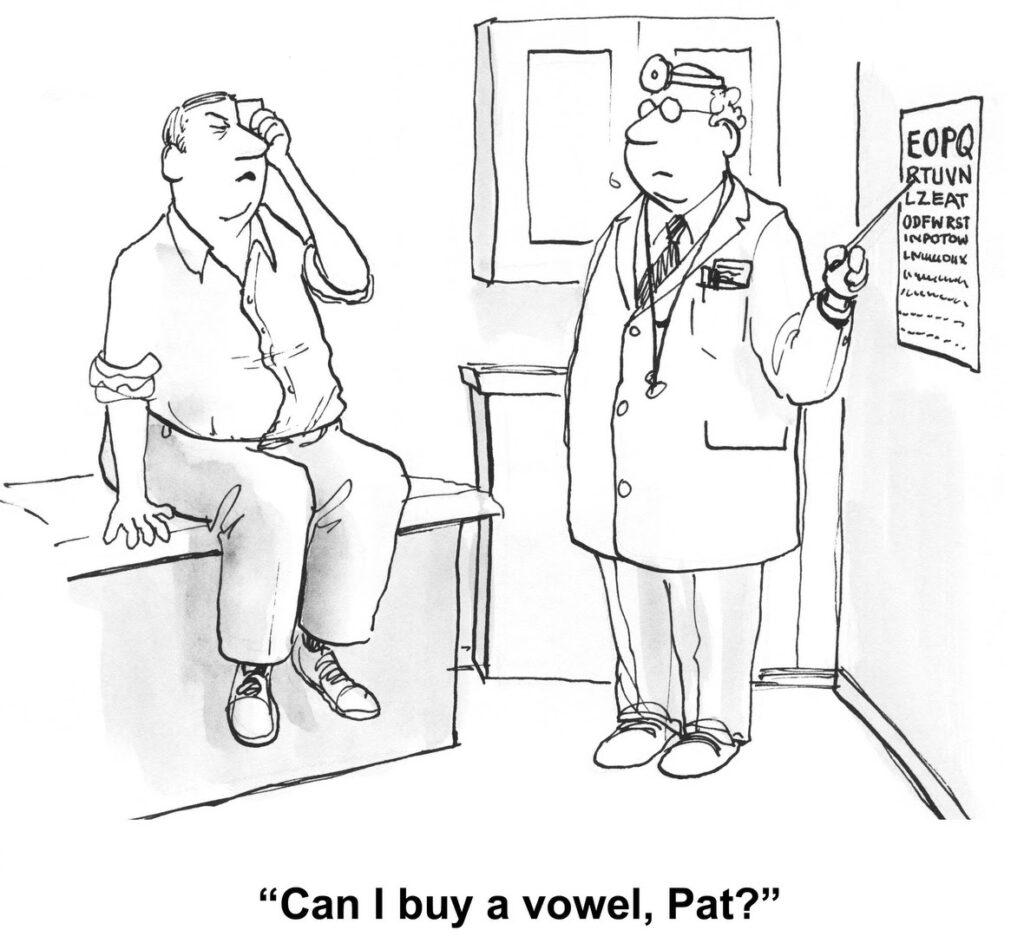
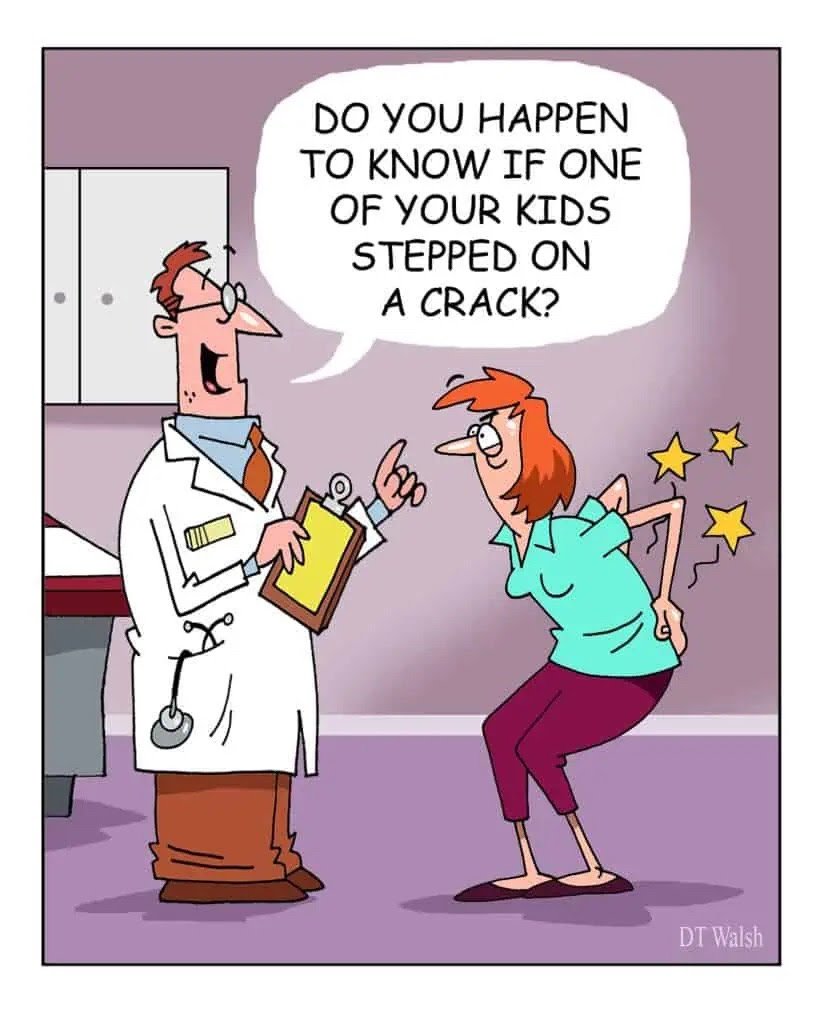
==================================================================
An Easy Healthy Veggie Meal
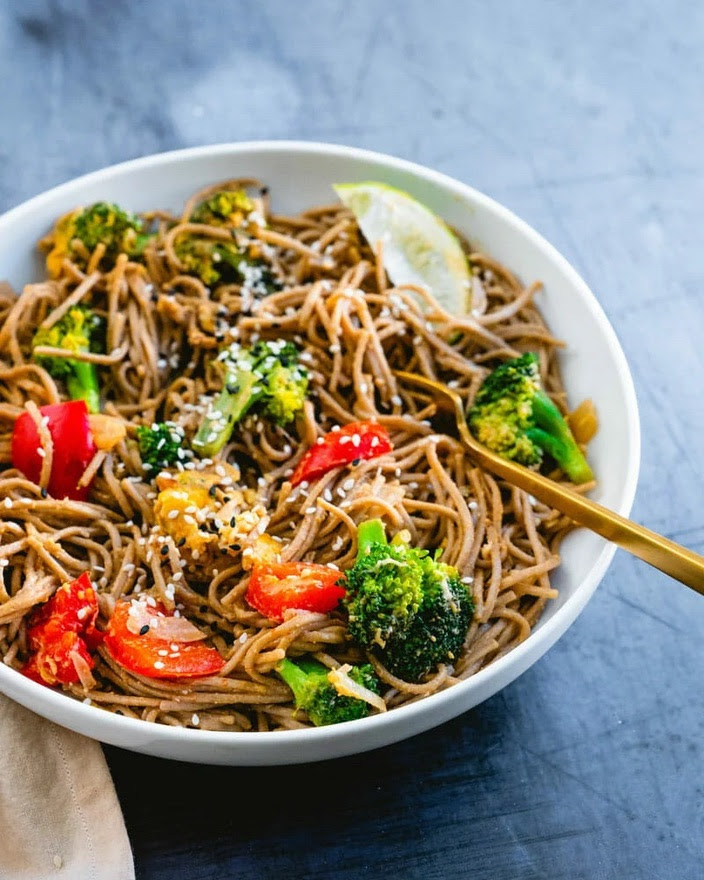
Soba Noodle Bowl

No one’s going to complain about more quick and easy recipes, right? This one the ultimate quick weeknight meal, a filling vegetarian dinner that comes together in 20 minutes flat. Meet this soba noodle bowl! It’s filled with stir fried broccoli, red pepper and onion, mix with a savory sauce with creamy peanut butter. Even better: eggs are scrambled right into the mix (like fried rice, but with noodles!). This healthy stir fry comes to you straight from our friend Rachel’s cookbook Just the Good Stuff. And it’s chock full of good stuff.
Ingredients
- 10 ounces soba noodles (or zucchini noodles)
- 2 garlic cloves
- 1 medium onion (1 cup chopped)
- 1 red bell pepper (1 cup chopped)
- 1 large head broccoli
- 3 tablespoons toasted sesame oil
- 2 teaspoons ground ginger
- 4 eggs
- ¼ cup coconut aminos or soy sauce
- ¼ cup nut butter (peanut butter, almond butter, or cashew butter)
- Sriracha hot sauce, to taste
- Toasted sesame seeds, for the garnish
Preparation
- Start a pot of water to boil. Boil the soba noodles according to the package instructions (it should take about 4 minutes). When it’s done, drain. Then rinse with cold water to wash away the starch, and drain again.
- While the starts to boil, mince the garlic. Chop the onion. Chop the pepper into 1-inch squares. Chop the broccoli into florets.
- While the noodles cook, heat the sesame oil in a large skillet over medium heat. Add the garlic, ginger, onion, bell pepper, and broccoli. Cover the skillet and cook, stirring occasionally, until soften, about 6 minutes.
- Strain the soba noodles and add them to the vegetables in the skillet.
- Crack the eggs into the skillet and mix well, breaking up the yolk and white and cooking it into the vegetables and noodles.
- Once the egg starts the set, add the coconut aminos or soy sauce and peanut butter and mix well. Serve warm.
Tip: Add shrimp. Cook up some garlic shrimp on the side and throw it on top!
- Use rice noodles, zucchini noodles or squash noodles. For gluten-free, try any of these three noodle varieties. You can also try Roasted Spaghetti Squash or Instant Pot Spaghetti Squash.
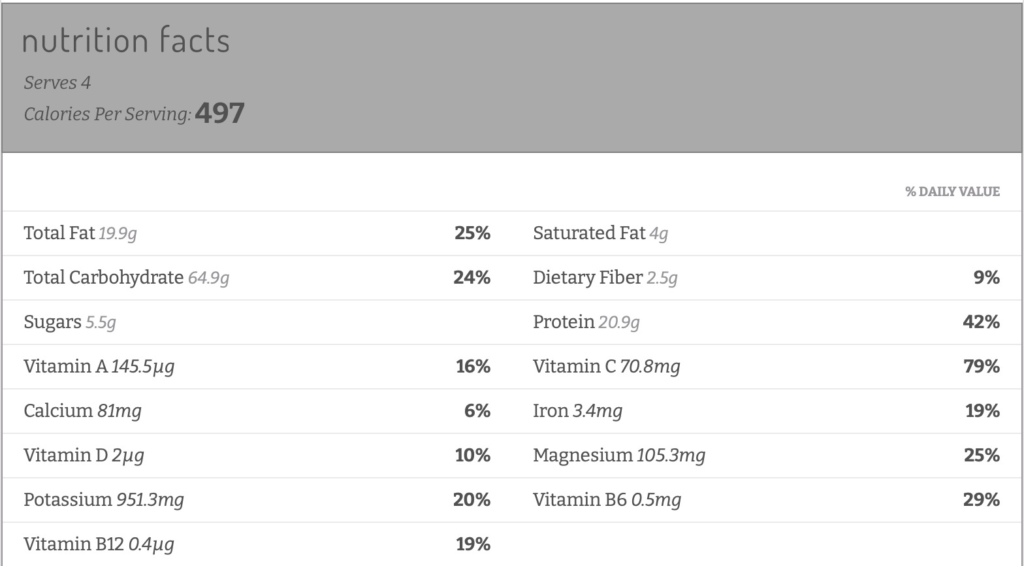
==================================================================
Source: Reprinted from Just The Good Stuff. Copyright © 2020 by Rachel Mansfield, Published by Clarkson Potter, an imprint of Penguin Random House, LLC.